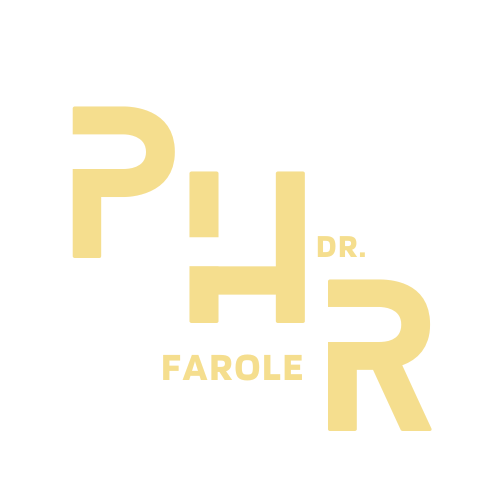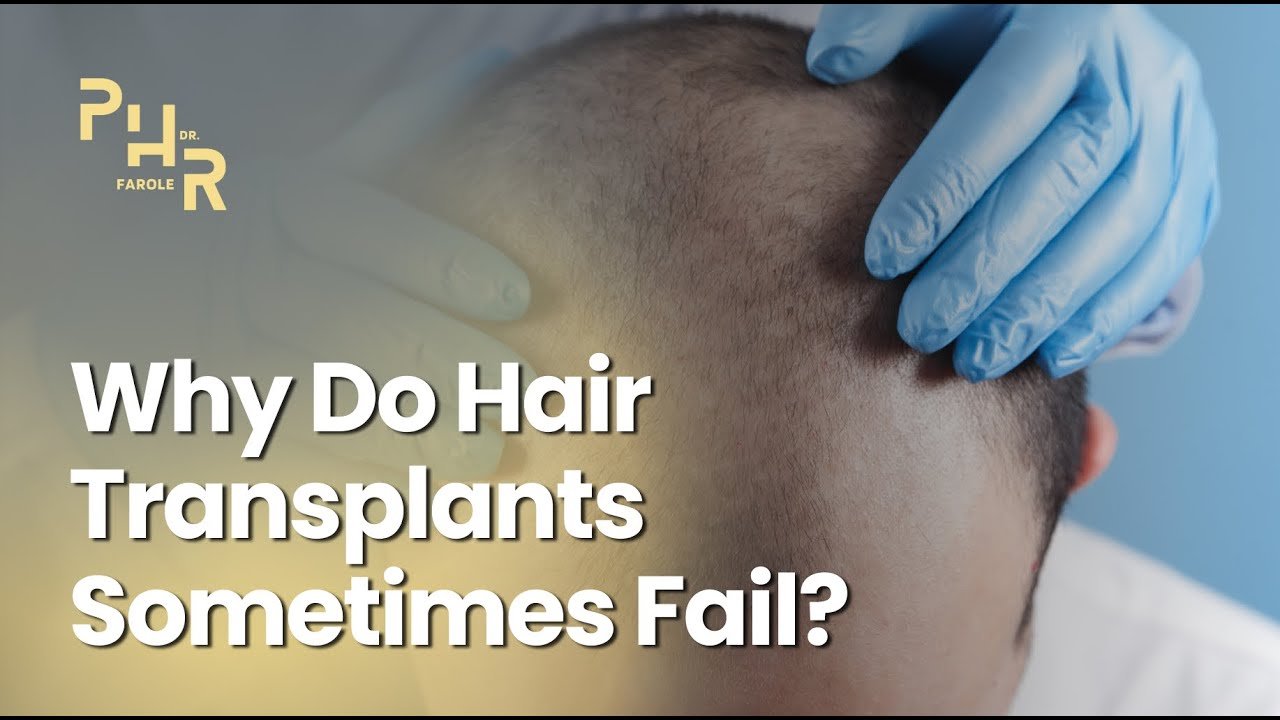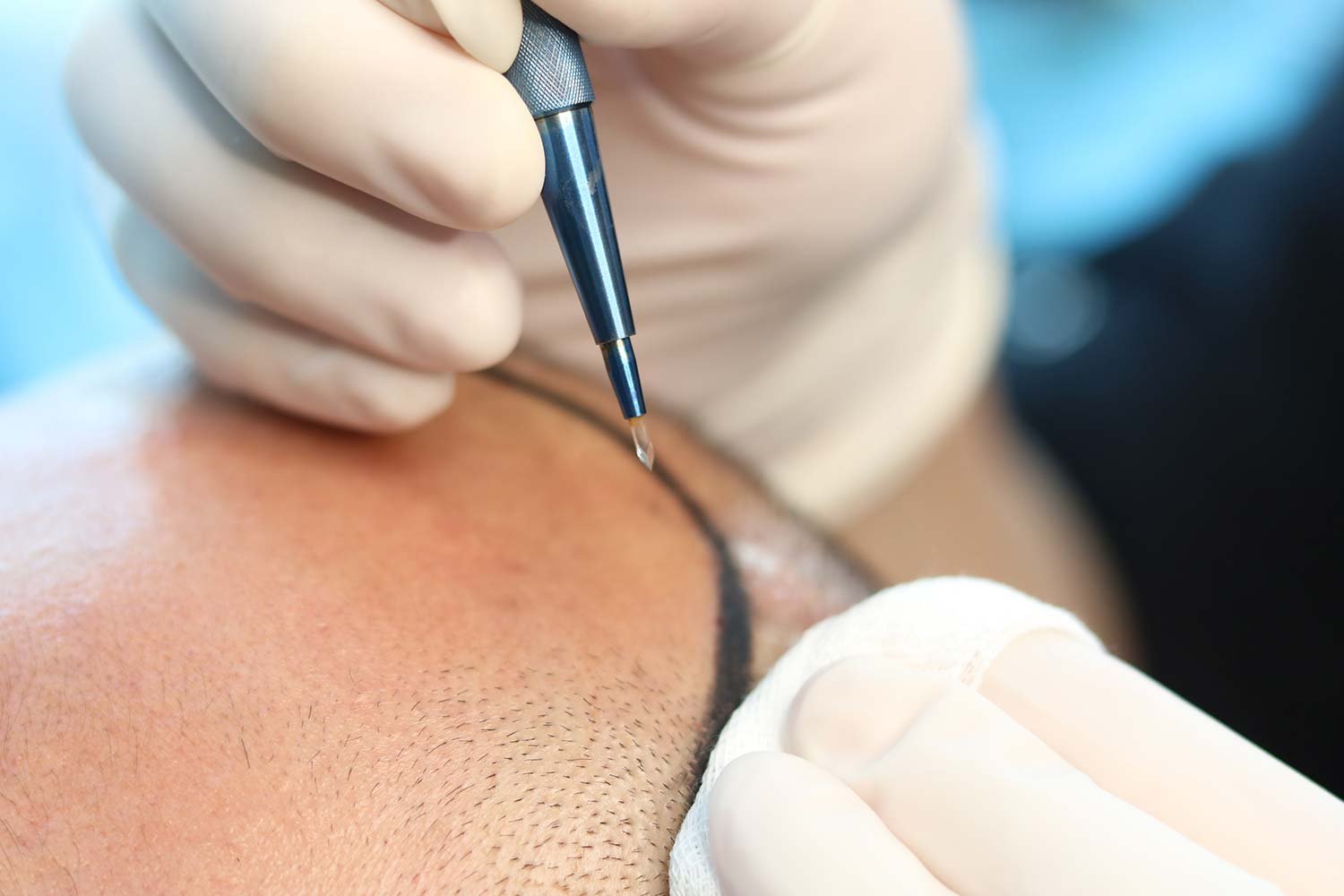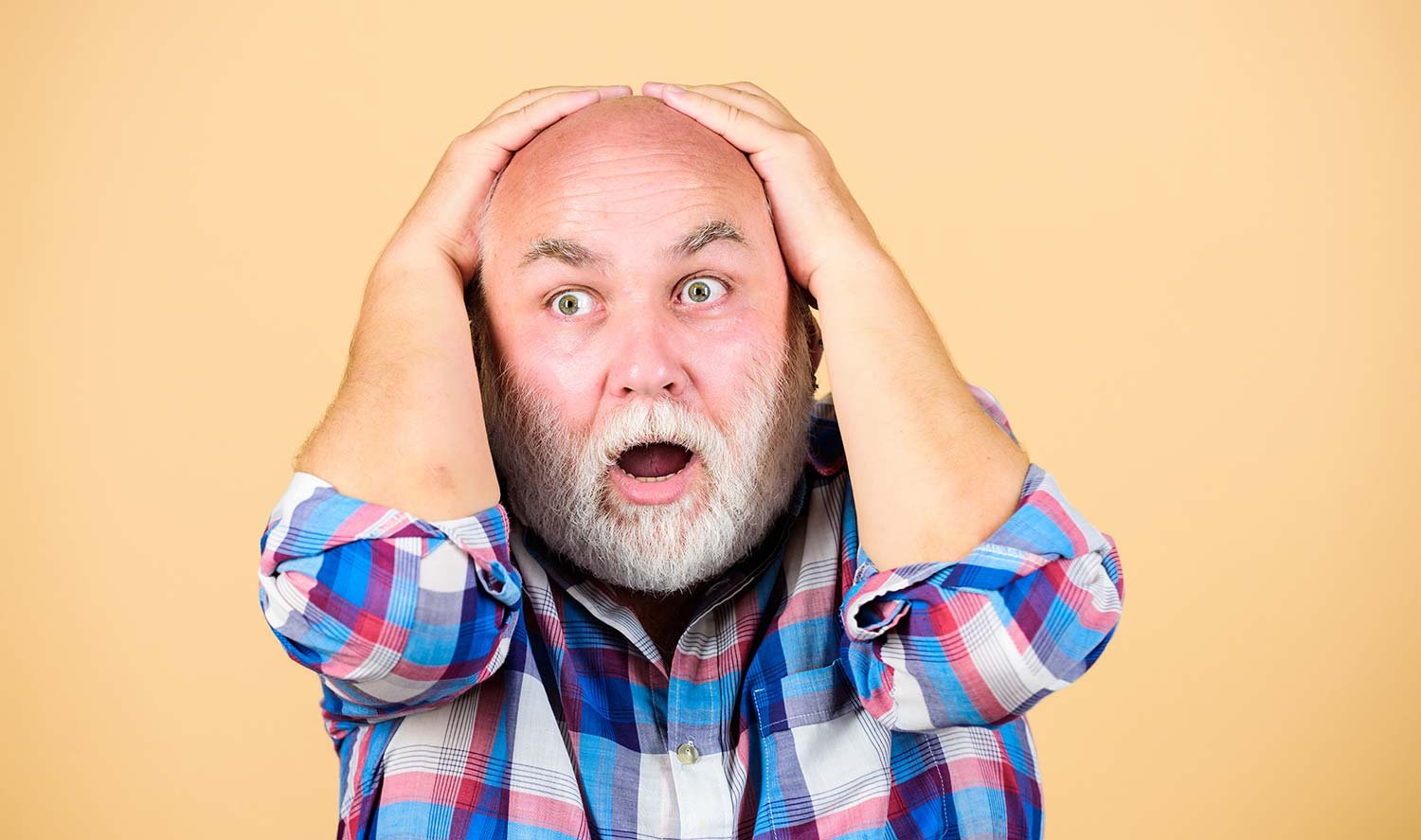If you’re thinking about a beard transplant, it’s a journey, not an instant fix — understanding the recovery process is key to achieving the best results.
In this guide, we break down the beard transplant recovery timeline, covering every stage from initial healing to final results. You’ll learn about the shedding phase (shock loss), when to expect new hair growth, post-op care, common side effects, and the best grooming and lifestyle habits to maintain your results.
If you’re considering a beard transplant, Philadelphia Hair Restoration can help you achieve a fuller, well-groomed beard. Schedule a consultation today to speak with our specialists about your hair restoration options.
Beard Transplant Recovery Timeline
Initial Healing Phase
After your beard transplant, you’ll be given detailed instructions on how to take care of the transplanted area. During this initial healing phase, you may feel some discomfort in the area, and there will be some redness. Do not expect hair growth to begin immediately. You may also experience some itching. Additionally, within the first 24 hours, scabbing will occur, which is normal.
It is perfectly permissible to take medication for discomfort at this time. Any over-the-counter medicine such as Tylenol, Ibuprofen, or Aleve are acceptable. Generally, pain is not going to be significant, but if you do have some soreness, you can take any of these, and if you need prescription medicine, we can provide that for you.
Shedding Phase
The shedding phase occurs within the first one to two weeks after the procedure. Many people worry when they see hair falling out, thinking the follicle has been lost, but shedding is simply part of the natural hair growth cycle as the follicles reset. This phase can last anywhere from two to four weeks post-surgery and is a normal part of the healing process.
We also call this “shock loss.” People need to know that they’re not losing the follicle; they’re just losing the hair shaft. The follicle is what’s going to cause the growth of the new hairs, so people should not be alarmed about the shedding of the hair shaft. The follicles are getting ready to grow new hair.
Growth Phase (3-5 Months)
The growth phase starts anywhere between three to five months after the beard transplant. New baby hairs will begin to emerge. These hairs may appear very fine and weak at first, but over time, they will become thicker and form regular hair.
Thickening Phase (5-12 Months)
The thickening phase typically happens around five months from the beard transplant. When the baby hair comes out, they are very fine, as they are still in the early stages of the hair cycle. Starting from the fifth month, the baby hairs will continue to grow and thicken.
This process will continue for up to 12 months as the new hair becomes coarser and stronger, ultimately blending in with your natural beard.
Final Results
If you’re wondering when your beard transplant results will be permanent, expect to see full completion at around 12 months. While there may be variations from person to person, a 12-month timeline is standard.
Post-Op Care for Beard Transplants
After the transplant, the first couple of days are crucial because the hair grafts are in a fragile stage. It’s important to stick to soft food to avoid irritating the follicles while chewing.
When it comes to sleeping, as long as nothing really rubs against the beard area, it is okay to lie in whatever position you like.
One of the most important post-op recommendations we give our patients is how to properly clean and care for their beard. Washing the beard after a transplant is very similar to scalp transplants. We recommend using a pour technique — gently pouring warm water over the beard while using a small amount of light shampoo with your hands.
Avoid using a hard face cloth to prevent trauma to the newly transplanted follicles. You can still keep your face clean; just be gentle with the area.
When it comes to shaving after a beard transplant, you’ll need to wait at least two weeks to allow the grafts to set in fully. If you need to shape areas like your mustache or other parts of your beard, you can do so — just make sure not to touch the grafted area where the new follicles were implanted. You can blend things in as needed, but for at least two weeks, be careful to protect the newly transplanted follicles.
Common Side Effects After Beard Transplant
Itching is a common side effect and should be expected. Redness or inflammation is also normal since you’ve undergone a surgical procedure. Some mild discomfort afterward is to be expected as well.
However, serious side effects such as infections or heavy bleeding are very uncommon. We do sometimes see punctate bleeding — tiny micro-bleeding spots that form small scabs — but major bleeding is extremely rare.
Recommended Lifestyle Changes and Maintenance
Basically, you want to keep yourself healthy after a beard transplant. It may not seem exciting, but maintaining proper nutrition is important. If you’re eating a healthy diet with all four food groups and getting the vitamins you need, then you don’t need to take any supplemental vitamins after a beard transplant.
You also need to keep yourself hydrated and maintain general hygiene, as always. You need to be gentle with your beard, as in the healing phase of any type of surgery. Avoid excessive alcohol intake, as it dehydrates you and can interfere with your nutritional intake.
Smoking has also been shown to interfere with healing because it robs the general area of oxygenation. We tell people to avoid smoking after a beard transplant procedure for as long as they possibly can.
When Can I Use Beard Grooming Products Again?
Before using any grooming products, we have to wait until the newly grafted follicles are settled in and become strong before we can irritate them. You should wait a minimum of two weeks before using any products on the beard hairs to make sure they are strong enough to withstand any outside irritants. This also applies to stiff brushes– wait at least two or three weeks before brushing with anything that is coarse.
If you’re wondering what you can do instead of using beard grooming products immediately after the procedure, consider holding off on them for the success of your beard transplant. If you absolutely must, you can wear a mask, but keep in mind that long-term success is the goal. Sacrificing grooming products for one or two weeks will be well worth it in the end.
We also encourage our patients not to panic if they expect beard growth in just a month or six weeks — it’s simply not going to happen that quickly. Having realistic expectations is key. However, if you reach the 9 to 12-month period and are not seeing the success you’d hoped for, you should contact us for a follow-up.
Transform Your Look with Philadelphia Hair Restoration
If you’re looking to restore your facial hair for a fuller look, Philadelphia Hair Restoration can help. Our hair restoration specialists will assess the extent of your hair loss to determine the best procedure for you.
Contact us today to start planning a beard transplant with our hair transplantation specialists.



